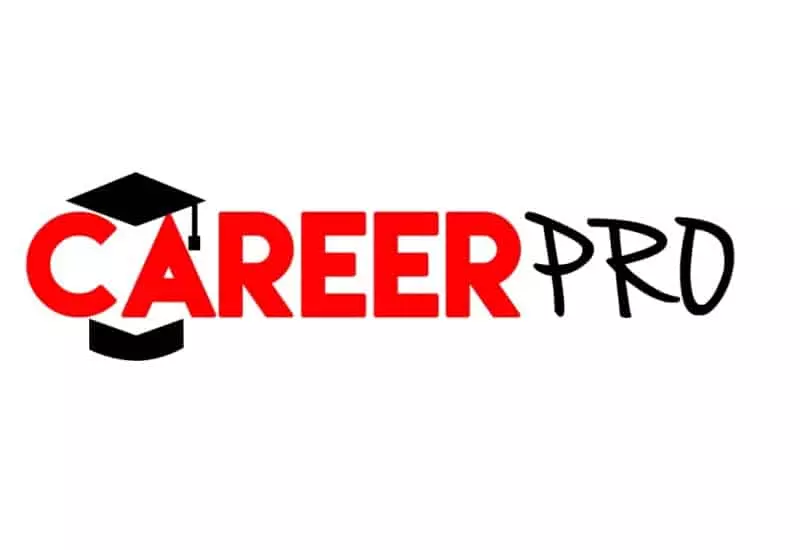Jack Plotkin, CEO, Cardinal Solutions
The argument has been made that student debt is modern society’s version of indentured servitude. The way to a better paying job is through a college degree, but the path to a college degree is laden with debt. Many U.S. students must work for years just to pay off the financial costs of their educations.
Some advocate making college education free, but of course the money to pay for the university’s administration, faculty, services, and facilities must still come from somewhere. If it comes from the government that means it comes from taxpayer pockets and many hard-working taxpayers who put themselves through college may be less than thrilled about now paying for someone else’s education.
In addition, a free college education may be less meaningful to its recipients. Students may work less hard or drop out at a higher rate for something that they value less. At the same time, a free public college option may make it more difficult for private universities to compete. In turn, that means more universities shutting their doors, resulting in less academic research and fewer educational options.
The prospects for a free college option will depend on political factors and remain subject to party agendas in Washington, D.C. However, there is another option that is available to universities, organizations, and private individuals alike – one that does not require a government overhaul to be put into effect.
Enterprises learned long ago that there are two broad paths to being funded: debt and equity. In the former case, money is lent and paid back with interest. In the latter case, money is invested and returned as capital appreciation and dividends. Using that model, can we come up with an alternative to debt in the world of student education? Is there a student equity option, so to speak?
It turns out there is. The name is “income share agreement” or “ISA”. The basic idea of an ISA is simple: an investor pays for a student’s education today in return for a share of the student’s earnings after graduation. The investor can be an outside organization, a private individual, or the university itself. By taking on an ISA, students can finance their education while avoiding a massive debt overhang.
It is true that a student who is wildly successful in their post-graduate career and makes a high income can end up paying more on an ISA than if they took on straight debt. On the flip side, if that same student is downsized and temporarily unemployed, they would not be ground to dust by debt payments they cannot afford.
Think of it this way: with an ISA, the graduate pays more during good times but less, or even nothing, during bad times. It is the ultimate hedge against the vagaries of post-graduate life. It ensures that if a graduate remains unemployed or underemployed for a substantial period of time, they can still enjoy a happy and productive life without having their finances upended or their credit destroyed.
Some argue that ISAs offer a perverse incentive for graduates to postpone gainful employment. After all, as long as their income is below a certain threshold, they need not share any portion of their income. However, it is unclear whether this argument holds water in real life. An ISA is in some ways like a progressive tax. Do you know anyone who refuses to take on a higher payer job solely because it would place them in a higher tax bracket?
An alternate counterargument is that investors who provide ISAs are likely to support students who plan to go into high earning jobs, such as engineering or law, as opposed to students who are interested in lower paying yet vital jobs, such as education or social work. In turn, this could deter students from professions where new blood is badly needed. This is a more likely argument but can prospectively be addressed by ensuring that any university-supported ISA structures are designed to be blind to a student’s intended major or career path, especially since these are often subject to change.
The concept of ISAs lends itself well to microfinance platforms. The challenge is that, unlike most microfinance instruments, ISAs have a horizon of years rather than months. Still, ISAs promise lenders the proverbial opportunity to do well while doing good. Helping students is a noble goal that both makes a difference in the lives of individuals and improves society as a whole. At the same time, the lender can prospectively secure a far better return on an ISA than alternative investment opportunities.
The government has an opportunity to support the student equity option by providing a regulatory framework and tax breaks to both lenders and borrowers. After all, isn’t encouraging the private sector to capitalize future generations a key public benefit?
So whether you are an entrepreneur looking for the next great peer-to-peer marketplace or a government policymaker looking to make a dent in the scourge of student debt, ISAs offer a promising direction for making university education what it was always supposed to be – not a yoke around the neck of newly minted graduates, but an equity investment in the future.
Jack Plotkin is a Harvard graduate and the CEO of Cardinal Solutions, an advisory and investment firm based in New York City that focuses on companies that care deeply about their social impact. He has more than two decades of experience at the crossroads of business and technology and has advised more than a hundred Fortune 500 firms across virtually all major industries.




